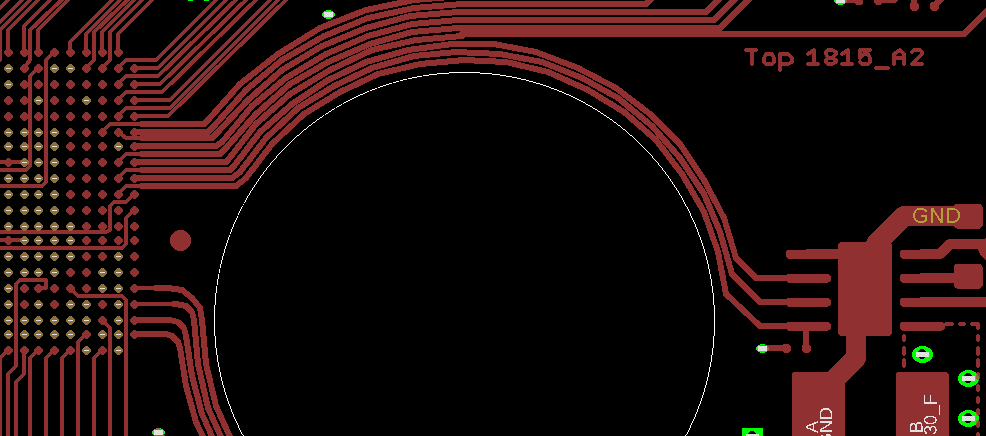My design pulls nFault to 2.5V through a 10kΩ resistor.
When there is no fault, the voltage at nFault is only 1.7V. This implies 80µA leakage. The spec says 1µA max at 3.3V.
I can see nFault fall to 0v when the input voltage falls below 6.3V, so it appears to be functional.
Is it possible the leakage is that much higher at 2.5V?
Should I be using a lower resistance pull up? The data-sheet has not recommendation. The EVM uses 10kΩ, but it pulls up to 5V.


